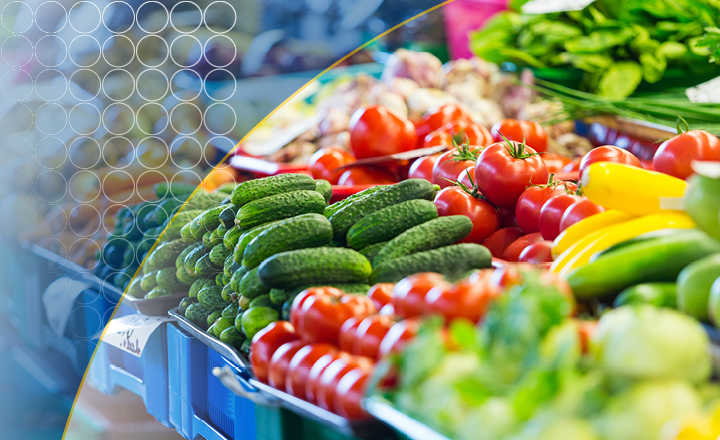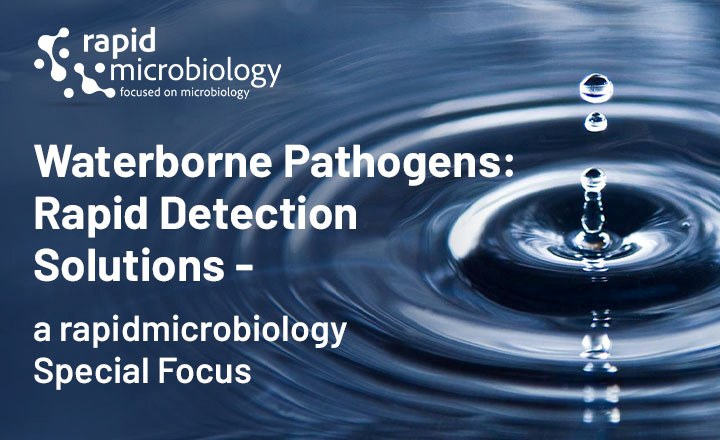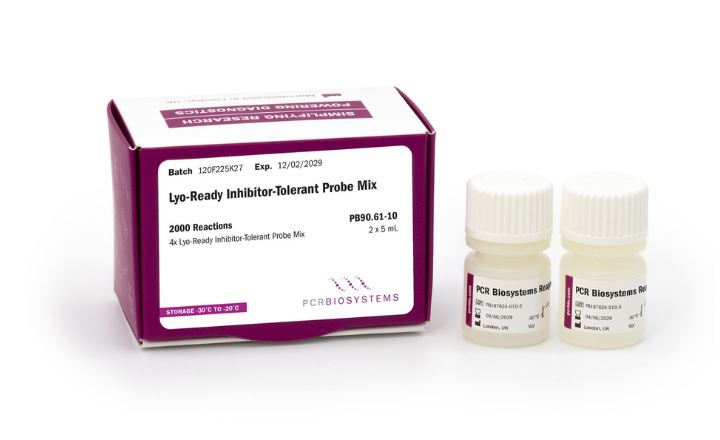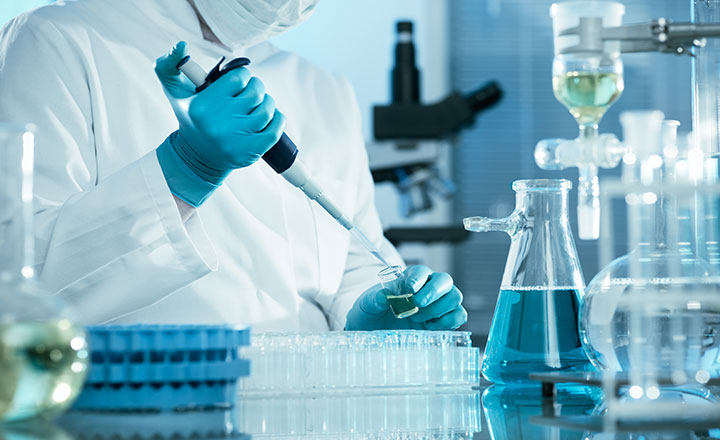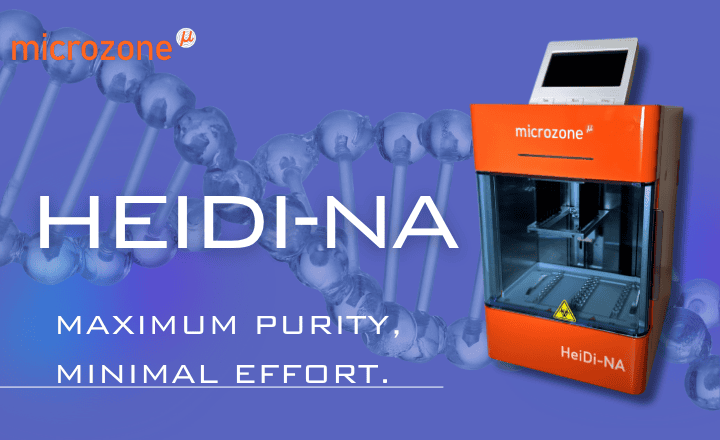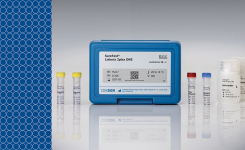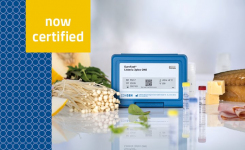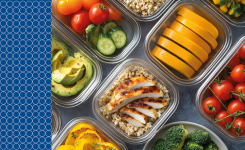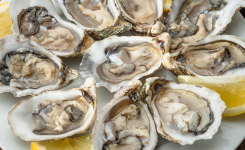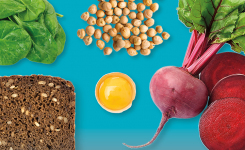The spread of the coronavirus is causing worldwide concern – and speculation. For example, there are fears that the novel virus may also be transmitted through food. Is this really a possible transmission route?
Indeed, viruses are a common cause of foodborne diseases. Although food is not a host for viruses, i.e. they cannot multiply in food, they can get onto the food via infected persons (e.g. food retailers or cooks) and survive there.
Food contaminated with viruses can cause infections in humans, ranging from nausea and mild diarrhoea to severe hepatitis. Foodstuffs that are processed by hand and not heated before consumption are particularly affected. This is why foods eaten raw, such as salad, fruit and vegetables as well as oysters, mussels and sushi, are a frequent source of infection.
Common causes of viral food infections
- Norovirus: It is estimated that noroviruses are responsible for more than 90 % of the non-bacterial gastroenteritis cases. As noroviruses are extremely environmentally stable, they can cause large-scale gastroenteritis outbreaks, particularly in community facilities such as hospitals and nursing homes.
- Hepatitis A: The hepatitis A virus can cause serious infections. The main symptom is an inflammation of the liver with gastrointestinal complaints, fever or skin rash.
- Influenza: Not all influenza subtypes are pathogenic for humans, but many cause serious illness in pigs or chickens – such as avian influenza.
Concerning the coronavirus, reputable sources such as the German Federal Institute for Risk Assessment (Bundesinstitut für Risikobewertung, BfR) indicate that droplet infection is the most important transmission path.
However, it cannot yet be ruled out that the virus, like other viral pathogens, can also be transmitted via smear infection. It is therefore conceivable that objects and foods that have recently been contaminated with coronaviruses could be a source of infection.
However, this is probably only possible in a limited time frame, as the virus is only able to survive in the environment for a few hours. In addition, no confirmed case is known to date in which infection has occurred in this way. Nevertheless, when handling food, it is advisable to follow the general hygiene rules – i.e. above all: frequently wash your hands.
Detection of viruses in food
The detection of viruses is an important area of food safety. However, analysis poses various challenges: The test system used must not only be highly specific but also extremely sensitive. Even low quantities of viruses can cause disease, so even minimal contamination must be reliably detected.
In addition, test systems have to deliver fast results. If viral contamination is detected during analysis, these foods are not fit for human consumption. If this is not detected in time, and the food is already on the market, the manufacturer can be faced with expensive recalls.
Rapid results are essential, especially as the frequently affected foods such as fruit, vegetables and shellfish have a limited shelf life and should reach the market without much delay.
Molecular biological test systems such as real-time PCR are the standard method for virus detection. In this method, the food is analyzed for the presence of characteristic gene sequences of the respective virus. This makes the analysis highly specific.
Real-time PCR tests are also often more sensitive and faster than other analytical methods. For example, the real-time PCR tests from the SureFast® product range deliver results in just a few hours and can be used with all common real-time PCR devices. A multiplex test is also available, which can differentiate between noroviruses and hepatitis A viruses in one run.
Further information:
SureFast® portfolio for virus detection in food


